Frequently asked questions
Company News
- Unlimited creativity, perforated aluminum veneer interprets fashionable space
- Aluminum veneer new trend: the secret weapon of fashionable architecture?
- Carved aluminum veneer: the artistic light in modern architecture
- Aluminum veneer curtain wall: the fashionable coat of modern architecture
- Curtain wall aluminum veneer: the fashionable "coat" of modern architecture
Industry dynamics
- Using hyperbolic aluminum veneer to create modern art decoration
- Can curtain wall aluminum veneer achieve waterproofing effect on the exterior of buildings?
- Unveiling the Charm and Challenges of Fluorocarbon Aluminum Veneers
- Aluminum veneer, a fashionable tool for creating modern architecture!
- Modern architectural exterior fluorocarbon aluminum veneer decoration
Frequently asked questions
- What conditions are required for the production of aluminum veneer?
- How to improve the product quality and performance of aluminum veneer?
- What are the product characteristics of aluminum veneer?
- What factors affect the production and sales of aluminum veneer?
- What safety issues should be paid attention to in the production and manufacturing of aluminum veneer?
contact us
Mobile:+86 15627778610
Email: 2201229786
Address: No. 5 Binjiang Road, High tech Zone, Zhaoqing City, Guangdong Province
What is the processing and manufacturing process of aluminum veneer?
- Author: Supreme Building Materials (Guangdong) Co., Ltd
- Release time: February 25, 2025 17:46:03
- Click:0

Summary:
This article introduces the processing and manufacturing process of aluminum veneer. Firstly, cut and cut the aluminum material; Then, perform surface treatment and bending; Next, proceed with welding and splicing; Finally, proceed with painting and installation.
1、 Cutting and cutting materials
1. Mark the size and shape to be cut on the aluminum plate, and use a cutting machine or scissors to cut the aluminum plate into the required size according to the requirements.
2. Cut the aluminum plate into several small pieces according to the design drawings for subsequent processing and assembly.
3. Check the aluminum plate after cutting and cutting to ensure accurate dimensions and smooth edges.
2、 Surface treatment and bending
1. Surface treatment of aluminum plates, including removal of oxide layers, dust removal, and cleaning, to maintain a smooth surface.
2. Pre bend the aluminum plate that needs to be bent, and use specialized equipment to bend the aluminum plate into a predetermined shape to meet design requirements.
3. Perform final bending and perform plastic deformation of the aluminum plate in curves or angles according to specific requirements on the bending machine.
3、 Welding and splicing
1. Prepare the aluminum plates that need to be spliced for welding, clean the welding area, and apply appropriate welding agents and tools for coating.
2. Weld the aluminum veneer using corresponding welding methods such as TIG welding, MIG welding, etc., and pay attention to controlling the welding temperature and welding time.
3. Splicing aluminum veneers, combining multiple aluminum plates according to design requirements, and fixing them using bolts, glue, and other methods.
4、 Painting and installation
1. Prepare for coating aluminum veneer, including surface polishing, dust removal, primer application, etc., to provide a good coating foundation.
2. Apply paint to aluminum veneer by spraying or brushing the color and coating evenly on the surface of the aluminum plate.
3. Install aluminum veneers and fix them onto buildings or other structures according to specific project requirements to ensure a secure installation.
5、 Summary:
Through the above steps, the aluminum veneer undergoes cutting and cutting, surface treatment and bending, welding and splicing, painting and installation, and finally completes the processing and manufacturing process. These steps ensure the accurate size, smooth surface, and sturdy structure of aluminum veneer, making it a commonly used building decoration material.

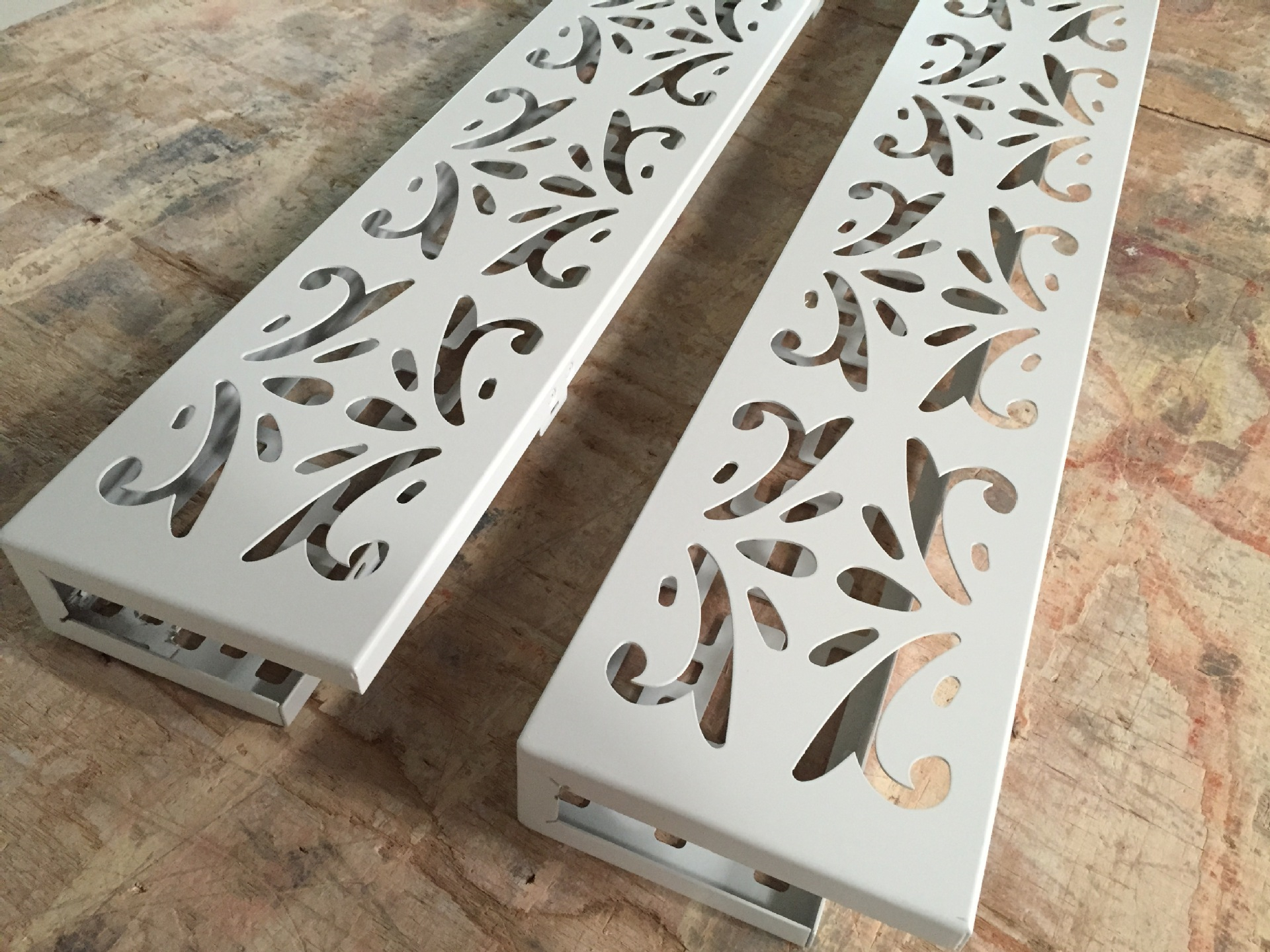
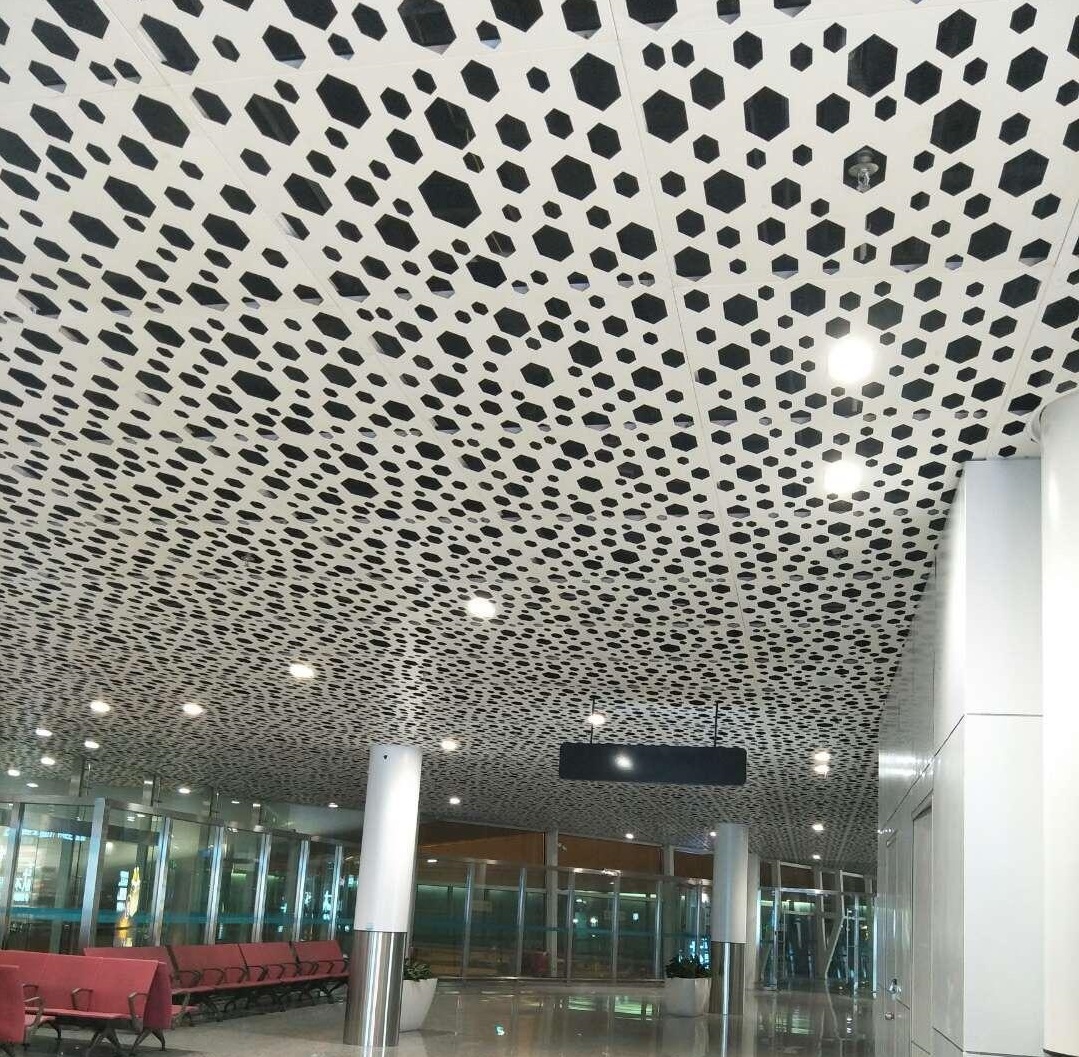
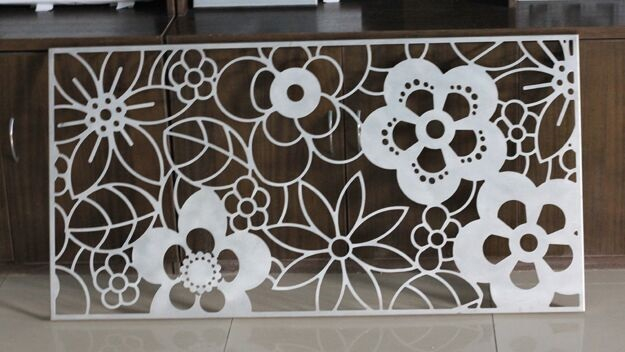
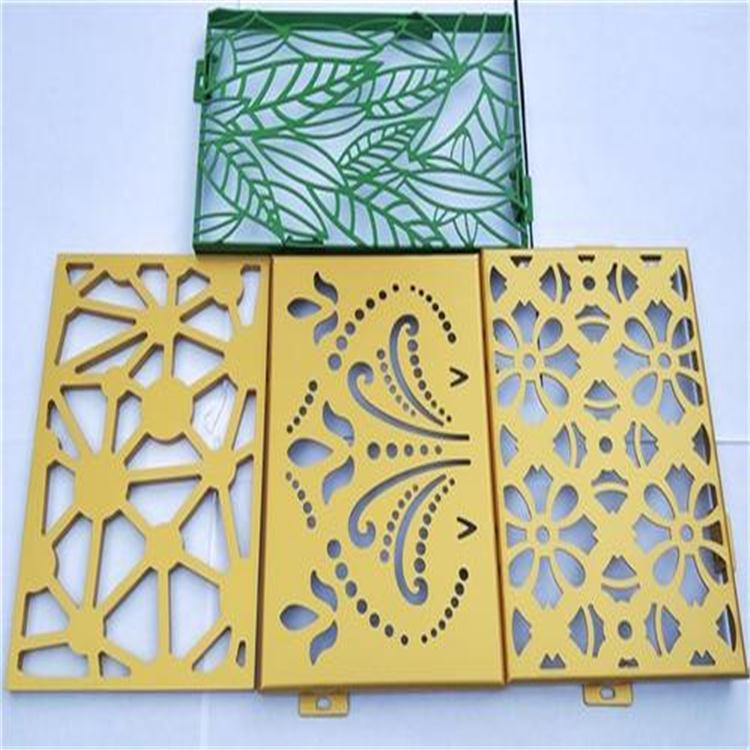
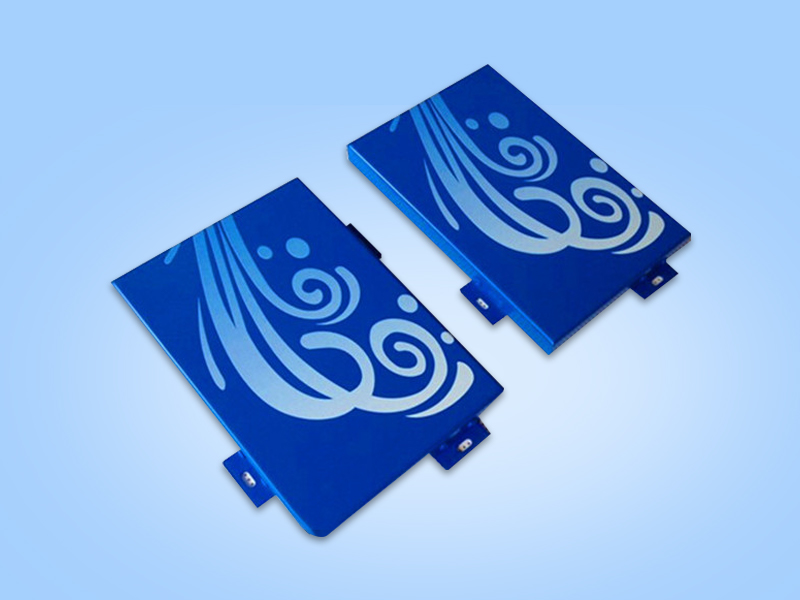
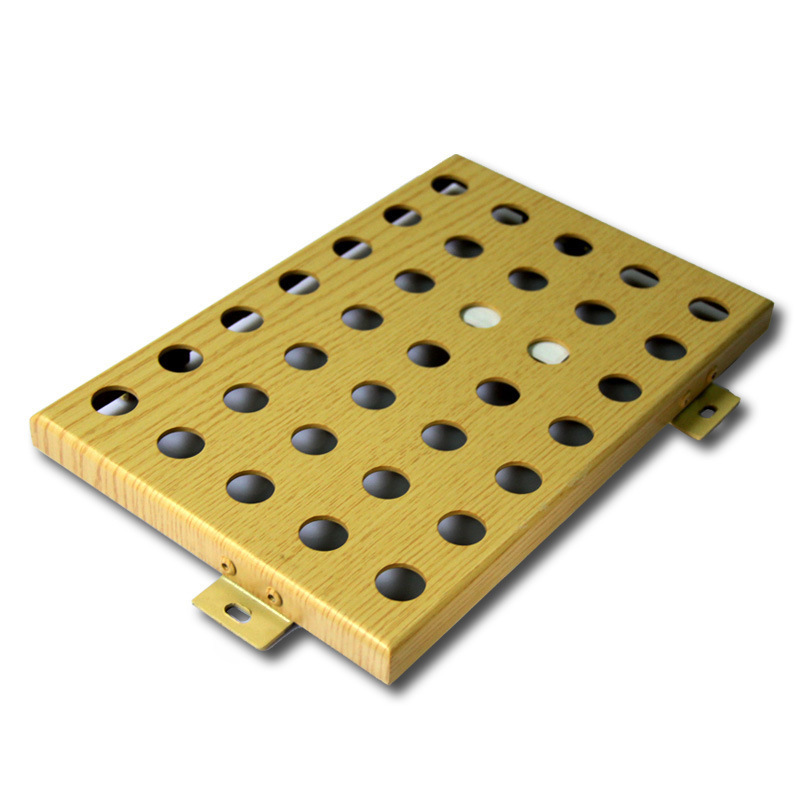
 Customer service QQ
Customer service QQ